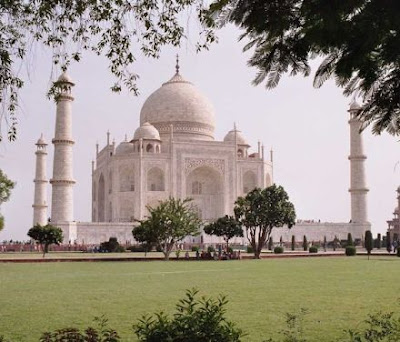The Taj Mahal is a white marble mausoleum located in Agra, India. It was commissioned by the Mughal Emperor Shah Jahan in memory of his wife, Mumtaz Mahal, who died during childbirth in 1631. The Taj Mahal is considered one of the finest examples of Mughal architecture, a style that combines elements of Persian, Indian, and Islamic design.
Construction of the Taj Mahal began in 1632 and was completed in 1653. It was built by a team of 20,000 workers and craftsmen and is considered a testament to the emperor's love for his wife. The Taj Mahal is decorated with intricate carvings and inlaid with precious stones such as jade, crystal, and lapis lazuli.
The Taj Mahal is a UNESCO World Heritage Site and is considered one of the Seven Wonders of the World. It is a popular tourist destination and attracts millions of visitors each year. In addition to its stunning architectural beauty, the Taj Mahal is also a symbol of eternal love and is often referred to as the "monument of love."
Overall, the Taj Mahal is a breathtaking and iconic monument that represents the rich cultural history of India. It is a must-see destination for anyone visiting the country and is an enduring symbol of love and devotion.




Comments
Post a Comment